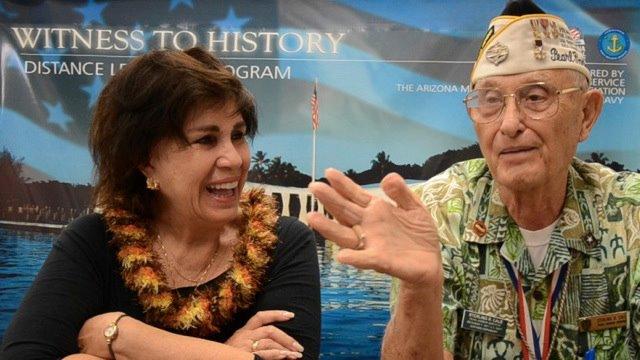Cave explorers discovered eight miles of tunnels at Mammoth Cave, bringing the total length of explored passageways in the world’s longest subterranean system to 420 miles.
The Mammoth Cave National Park and the Cave Research Foundation announced the underground discoveries as cavers continue to explore the vastness of the cavern system while verifying past research.




